Act III, Scene I - From “Romeo and Juliet”
Act III, Scene I - From “Romeo and Juliet” is an artwork realized by Salvador Dalí in 1975.
Mixed colored lithograph.
Signed and dated on plate on the lower right margin. Perfect conditions.
Act III, Scene I - From “Romeo and Juliet” is an artwork realized by Salvador Dalí in 1975.
Mixed colored lithograph.
Signed and dated on plate on the lower right margin. Perfect conditions.
In this print the artist illustrates Scene I of Act III: t he two characters facing one the other are Mercuzio and Tebaldo. Mercuzio, in order to defend the honour of his friend Romeo, challenge to a duel Tebaldo, who welcomes the challenge unsheating his sword. Despide the attempt of Romeo of separating them, soon the brave Mercutio would be struck by the sword of the opponent.
The artwork is taken from the slipcase containing the ten illustrations that Salvador Dalì realized for Rizzoli Editore in 1975, for the tragedy “Romeo and Juliet” by Shakespeare.
It's composed by ten full-page illustrations realized by the artist in front of the text.
There are 819 samples "ad personam" of this work, impressed on handwritten paper, signed by the artist, rebounded with blood-red silk, gold impressions and screen printing. All frontispieces are signed by the artist.
Reference: "Salvador Dali. Catalogue Raisonnè of Prints II. Lithographs and Wood Engravings 1956-1980", Edited by R. Michler and Lutz W. Lopsinger. N.1601, p. 180
Salvador Dalí (Figueres, 1904 – Figueres, 1989) is considered one of the most versatile and prolific artists of the XX century and the founding father of Surrealism. In the course of his long career, he successfully experimented with sculpture, fashion, writing, and filmmaking. In his early use of organic morphology, his work bears the stamp of Pablo Picasso and Joan Miró. His work is also characterized by a fascination with classical art, manifested in the realistic style and religious symbolism of his latest works. Dalí was born near Barcelona to a middle class family. He soon demonstrated an interest in art, and, at the age of 18, he attended the Special Painting, Sculpture and Engraving School of San Fernando in Madrid. His eccentricity was notorious, and at first even more famous than his works. When he traveled to Paris, he met Pablo Picasso in his studio and took inspiration from Cubism. In 1928, he collaborated with Buñuel on Un Chien Andalou, which eventually became a manifest of Surrealism. Surrealists considered recruiting Dalí into their circle. In the next years, Dalí’s paintings illustrated his theories about paranoia. He painted bodies, corps, objects that reflected sexuality, anxiety and fear. In the 1950s, Dalí’s paintings focused on religious themes reflecting his interest in the supernatural. During that period, he stayed at the St. Regis hotel, where he met Andy Warhol, another eccentric personality that was considered a modern influence for the setting Dalí produced earlier. Dalí epitomizes the idea that life is the greatest form of art; André Breton said about him: “It is with Dalí that, for the very first time, the windows of the mind are wide open”.
Discover more on Wallector.com!






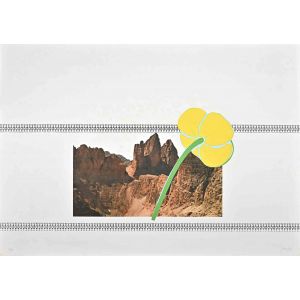
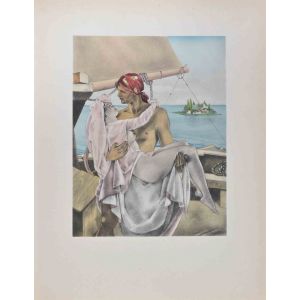
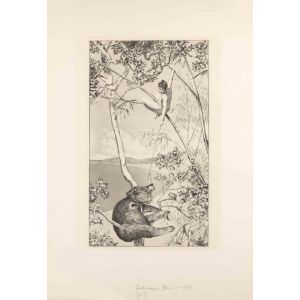
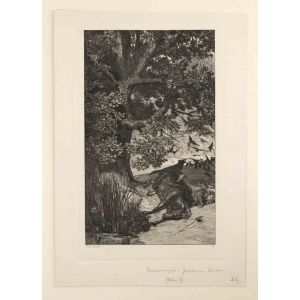
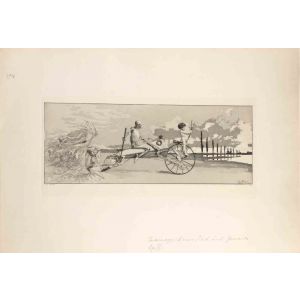
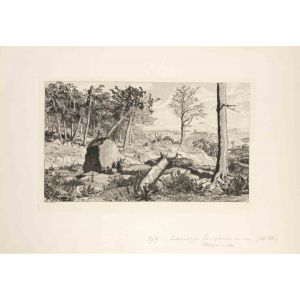
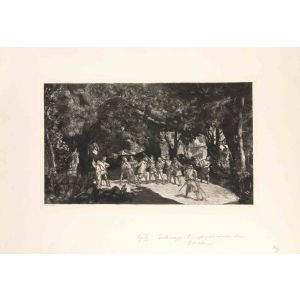
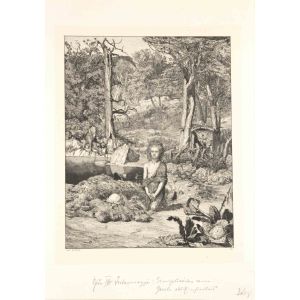
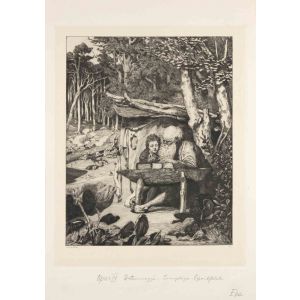
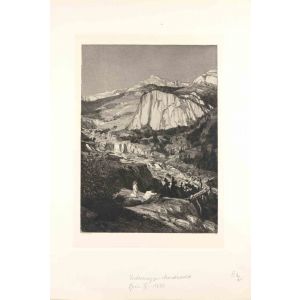

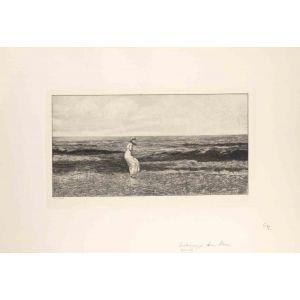
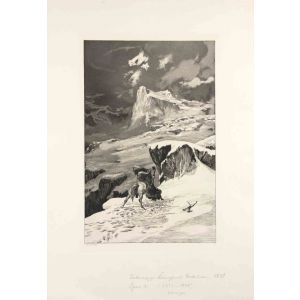























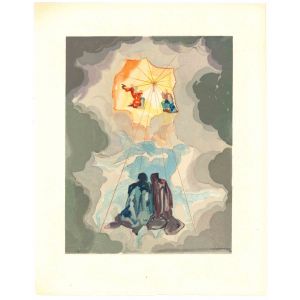

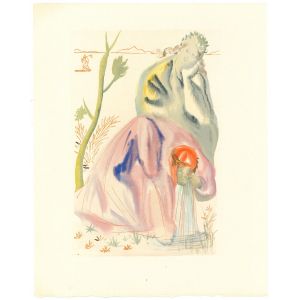
Validate your login
Sign In
Create New Account